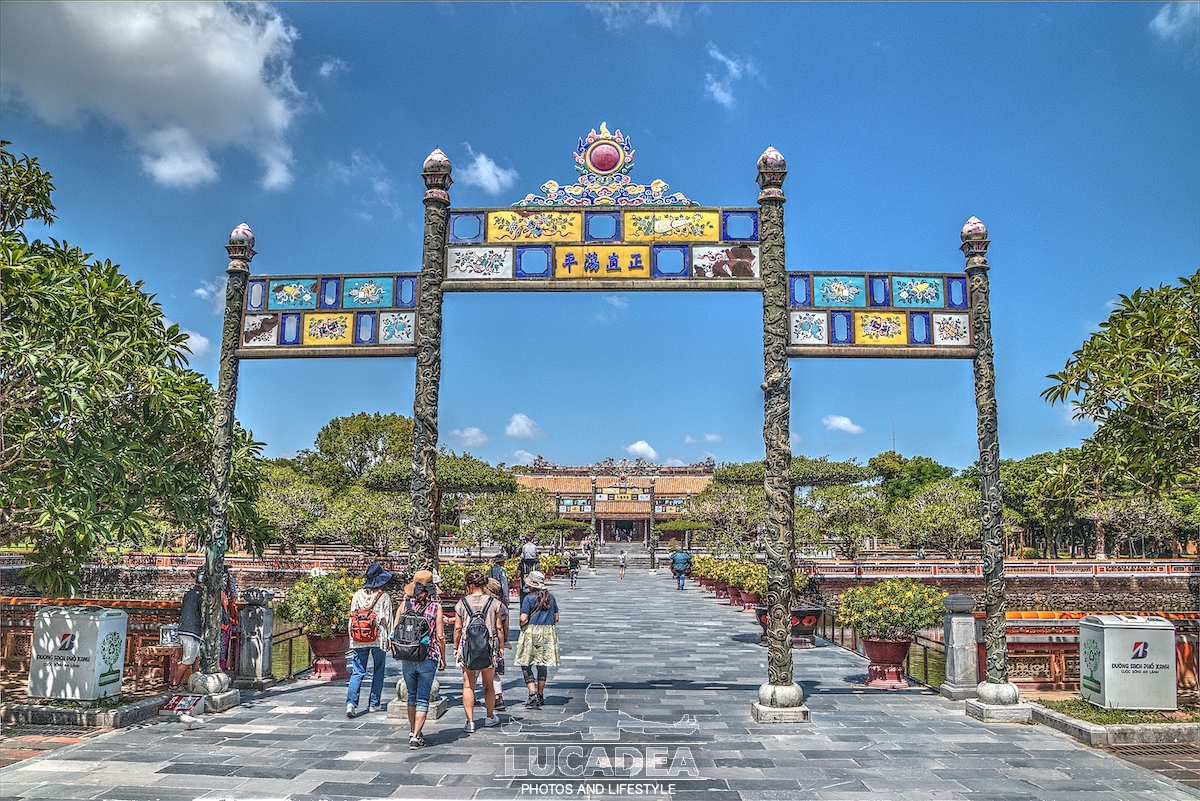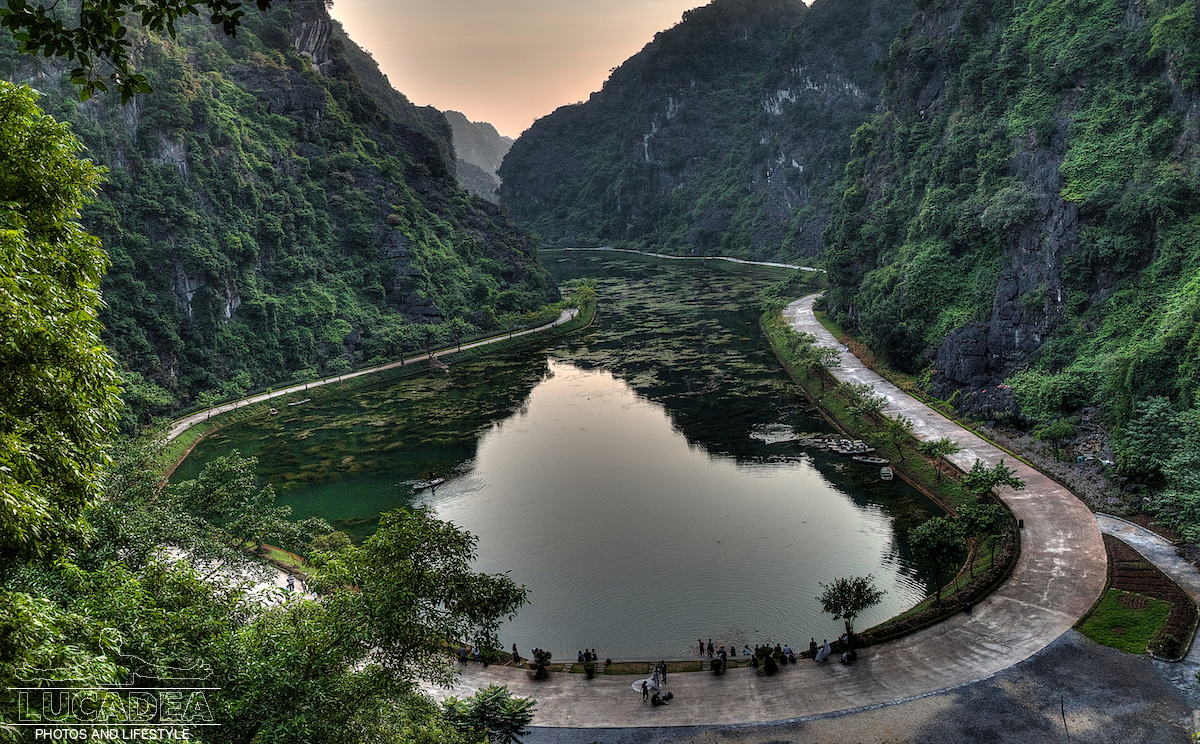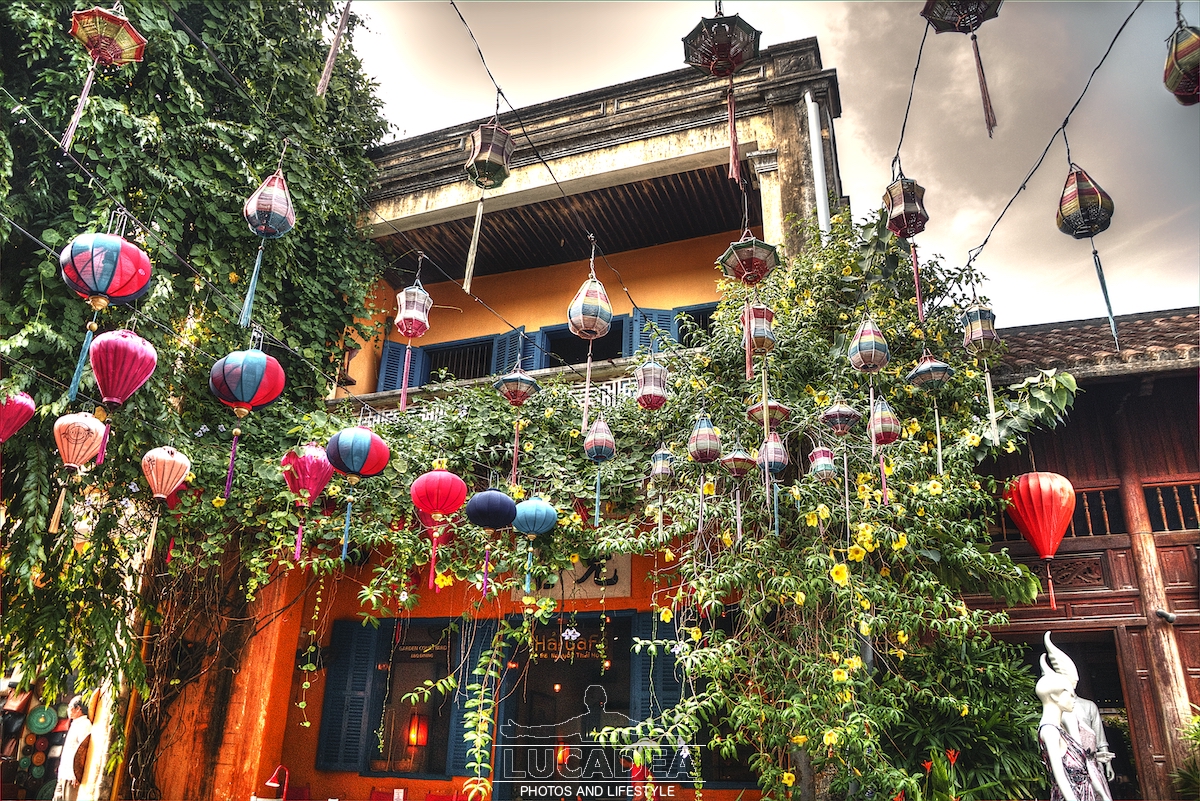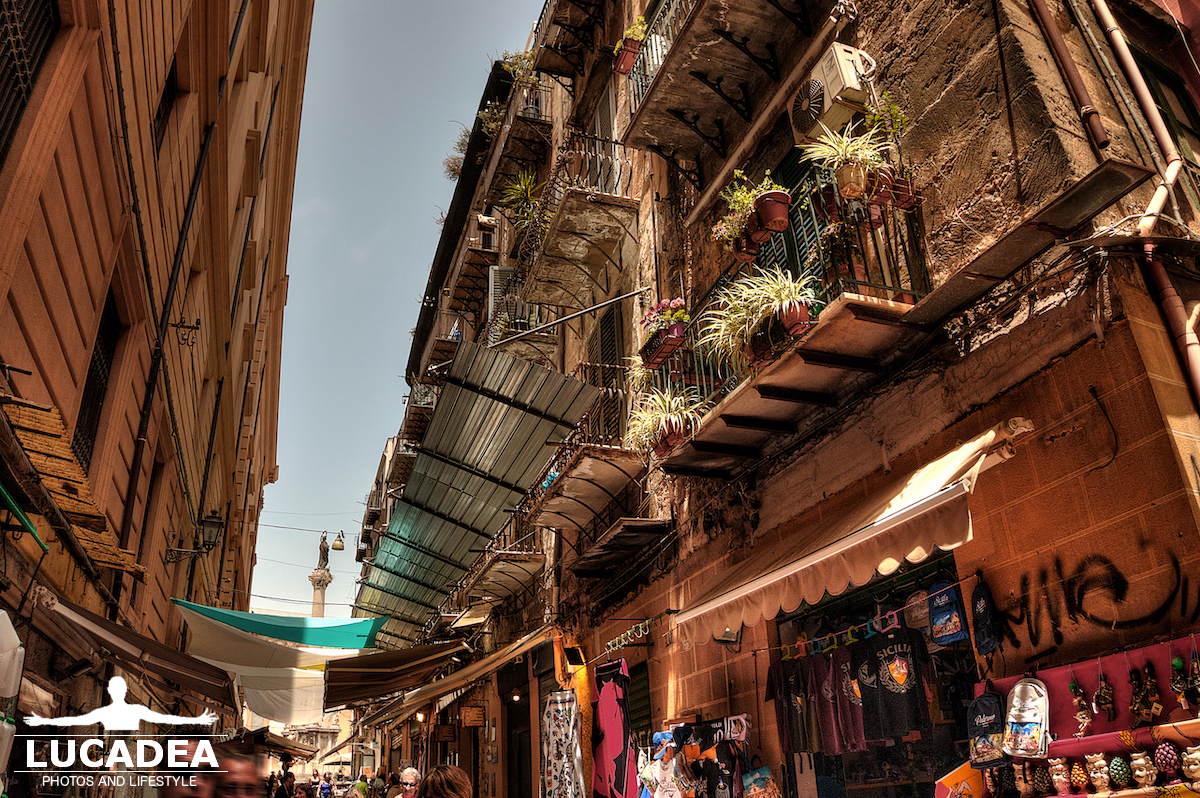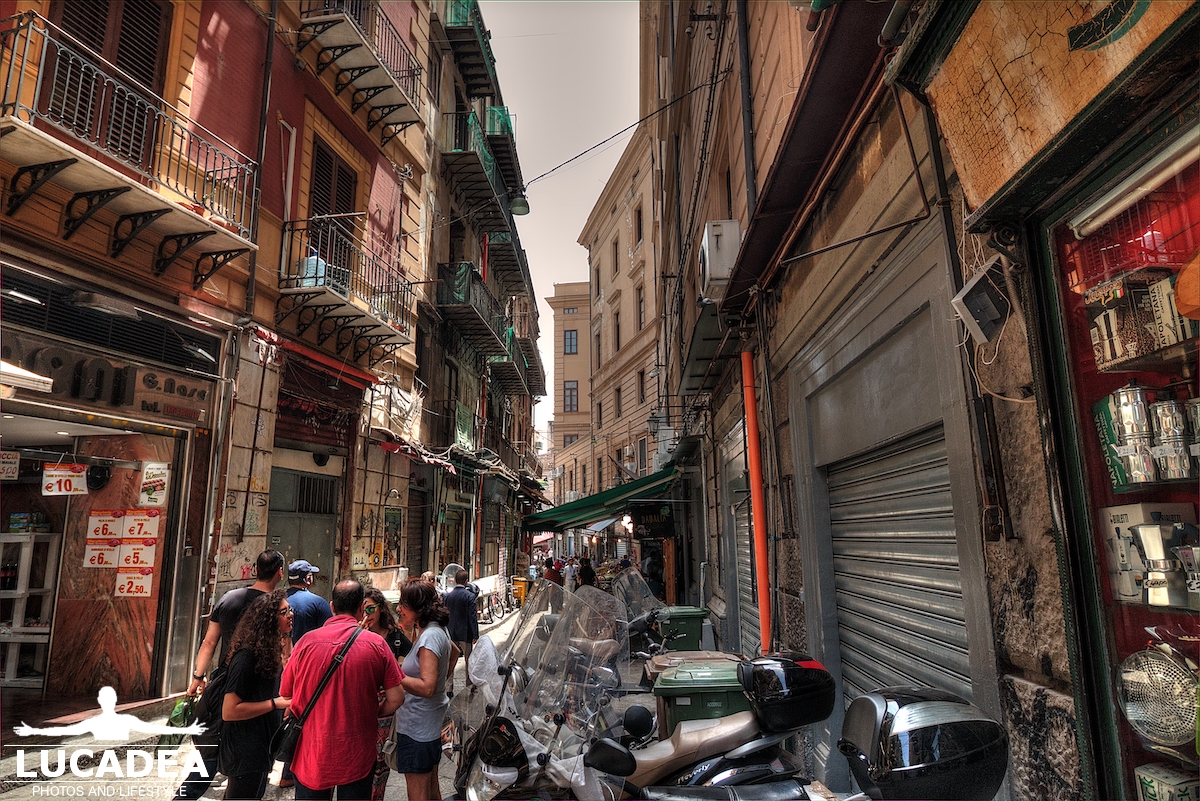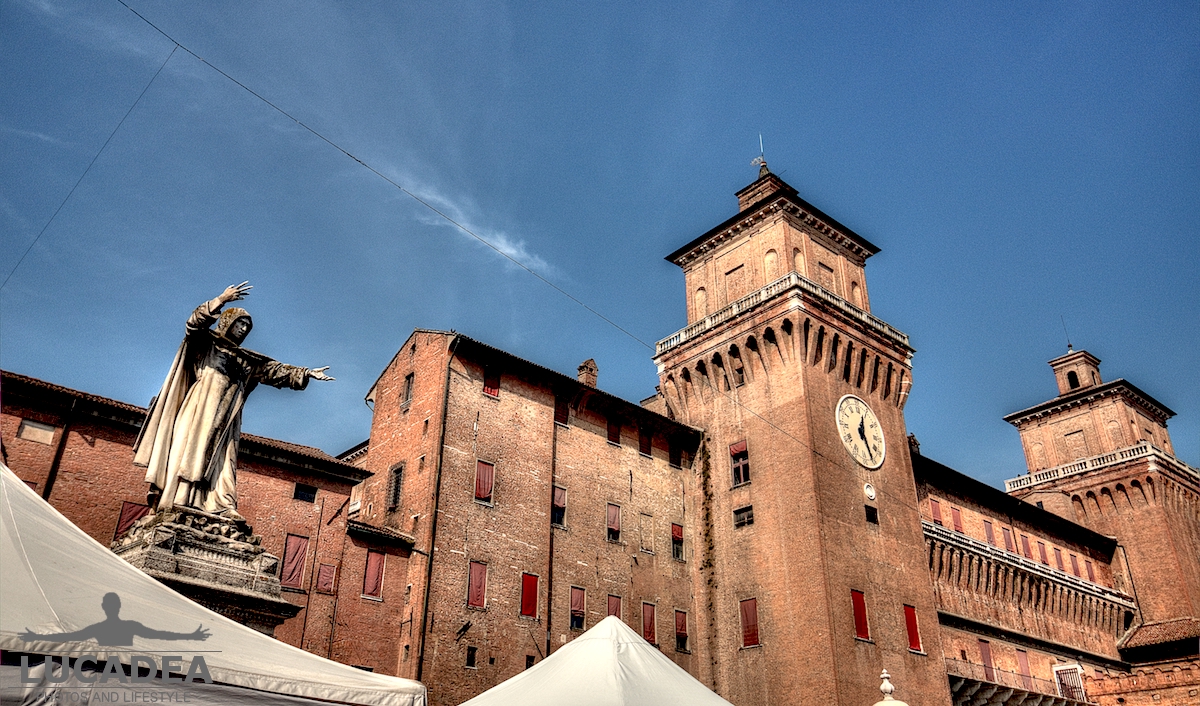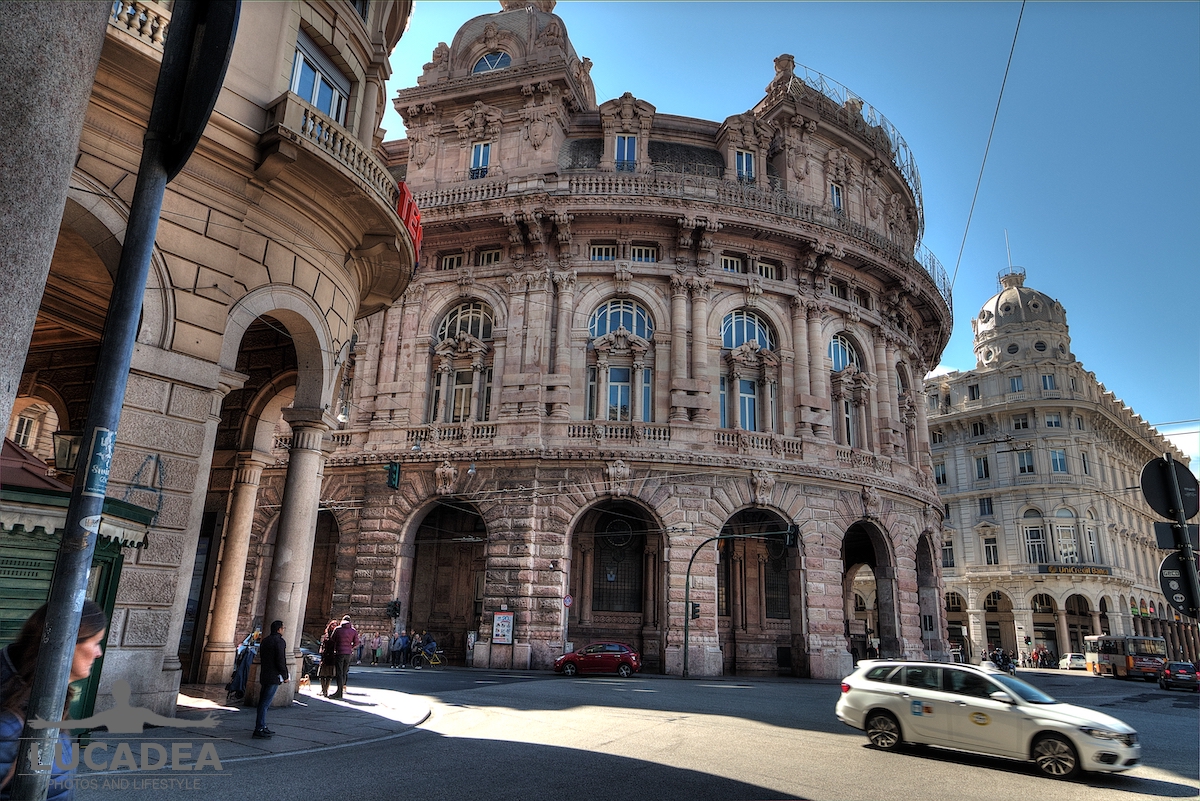La Abbazia di Santo Stefano a Genova.
Questa chiesa è nel cuore della Genova laboriosa; in pieno centro sopra a via XX Settembre.
E’ sufficiente, all’altezza del Ponte Monumentale, salire qualche gradino e si arriva su questa terrazza con da un lato la splendida chiesa e dall’altro i bei palazzi nobiliari di via Venti.
Conosci questo angolo di Genova? Aggiungi un comment or go to the bottom of the site to read what other visitors have written.
Photo taken with Canon EOS M100 and lens Canon EF-S 10-18.
Here is where the church is located:
The church of Santo Stefano (or abbey of Santo Stefano) is one of the most famous Christian places of worship in Genoa, and its parish community is part of the Vicariate of Carignano – Foce of the archdiocese of Genoa. Situated on a hill overlooking the central Via XX Settembre, it was one of the most significant examples of Romanesque architecture in the Ligurian capital. Christopher Columbus was baptized in this church and it is believed that the young Balilla was also baptized.
Continue and learn more on Wikipedia


